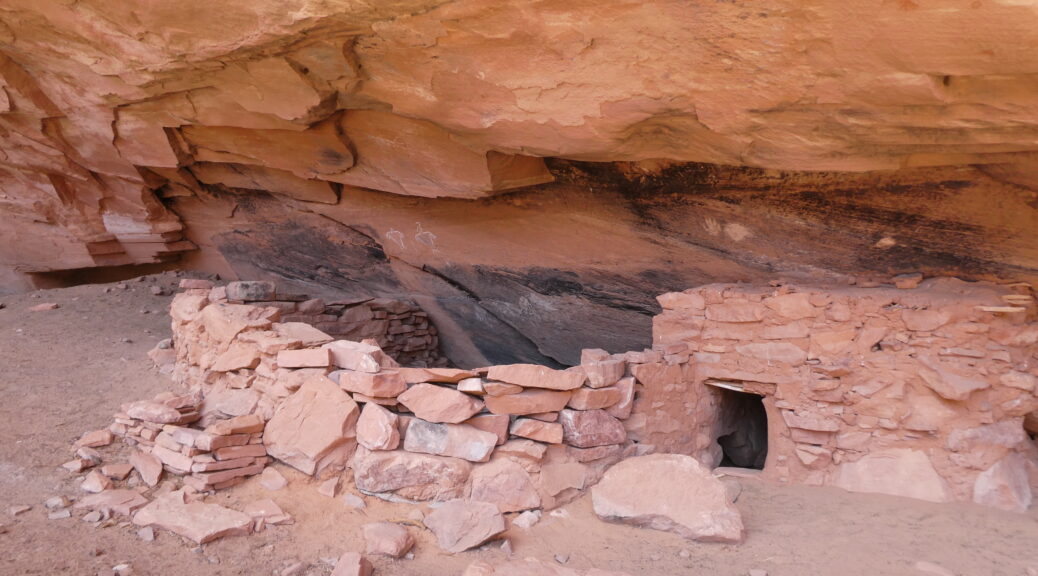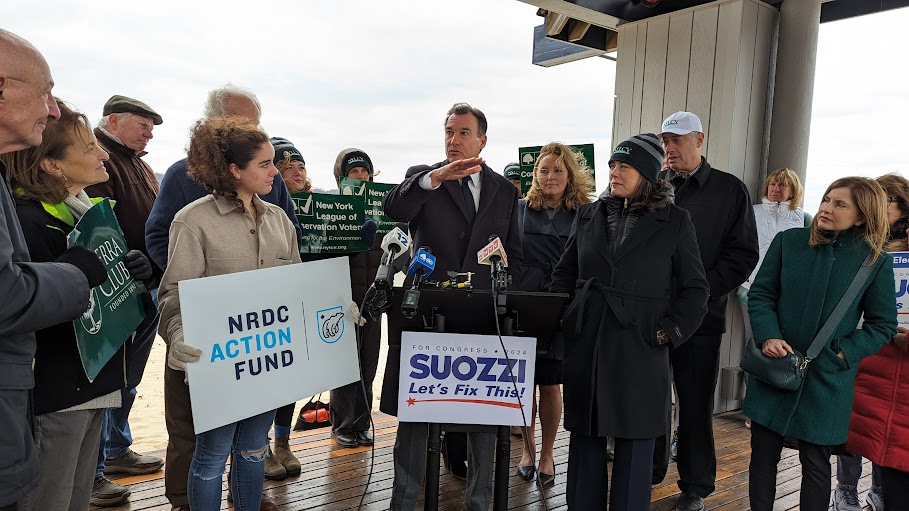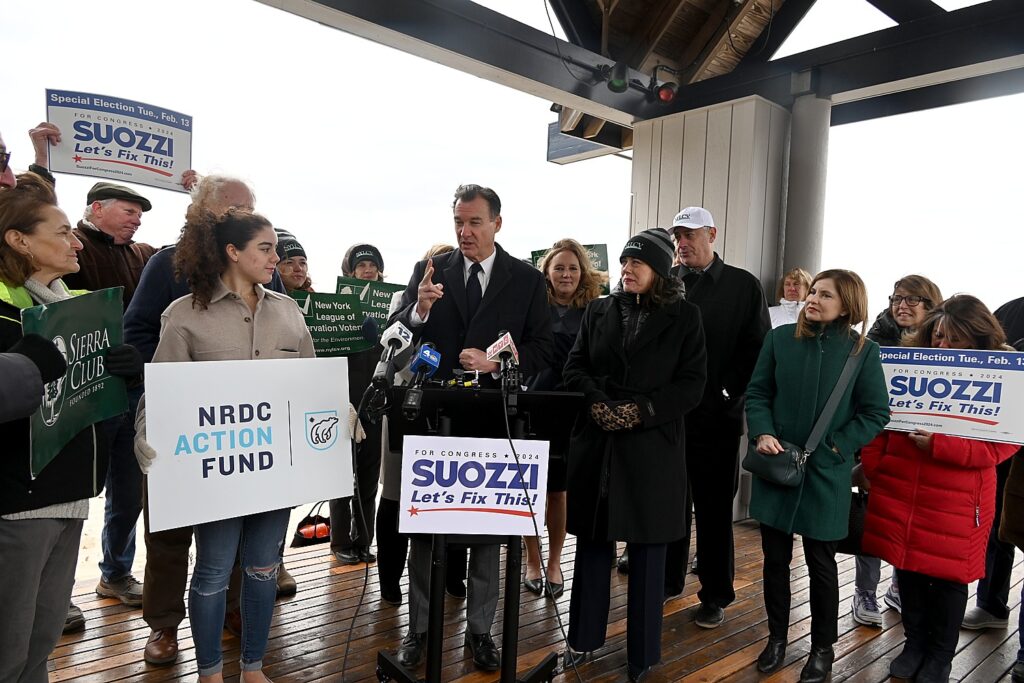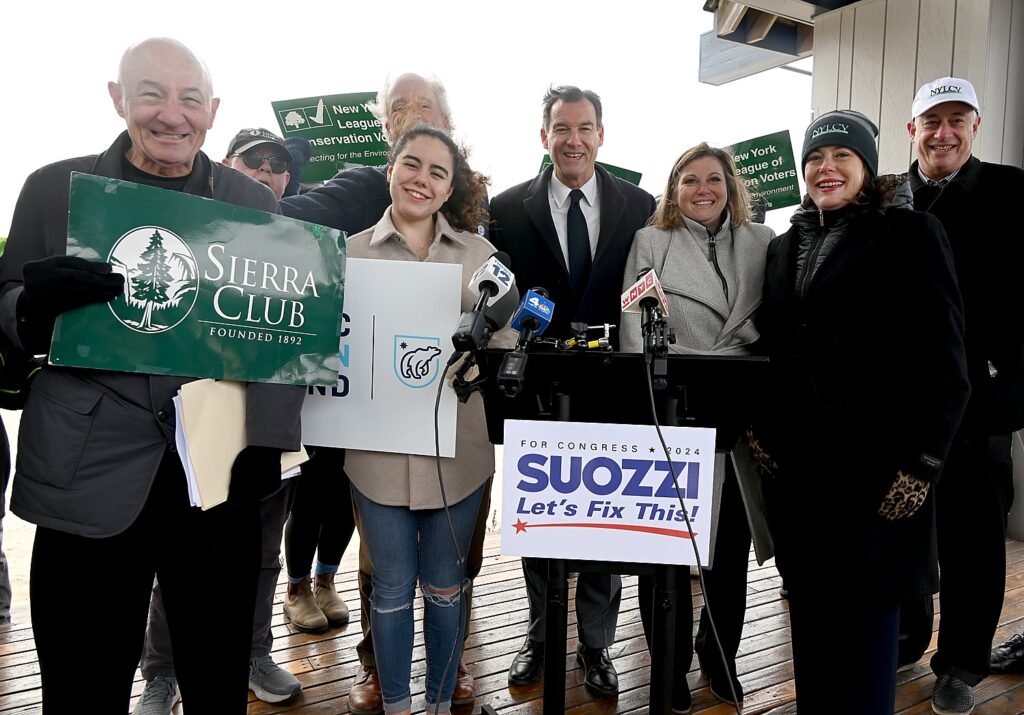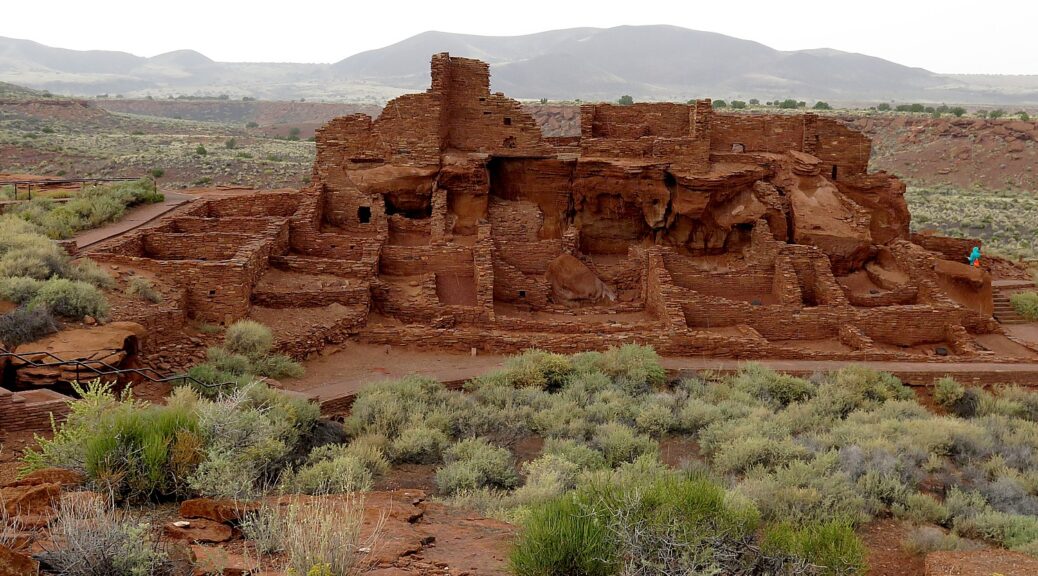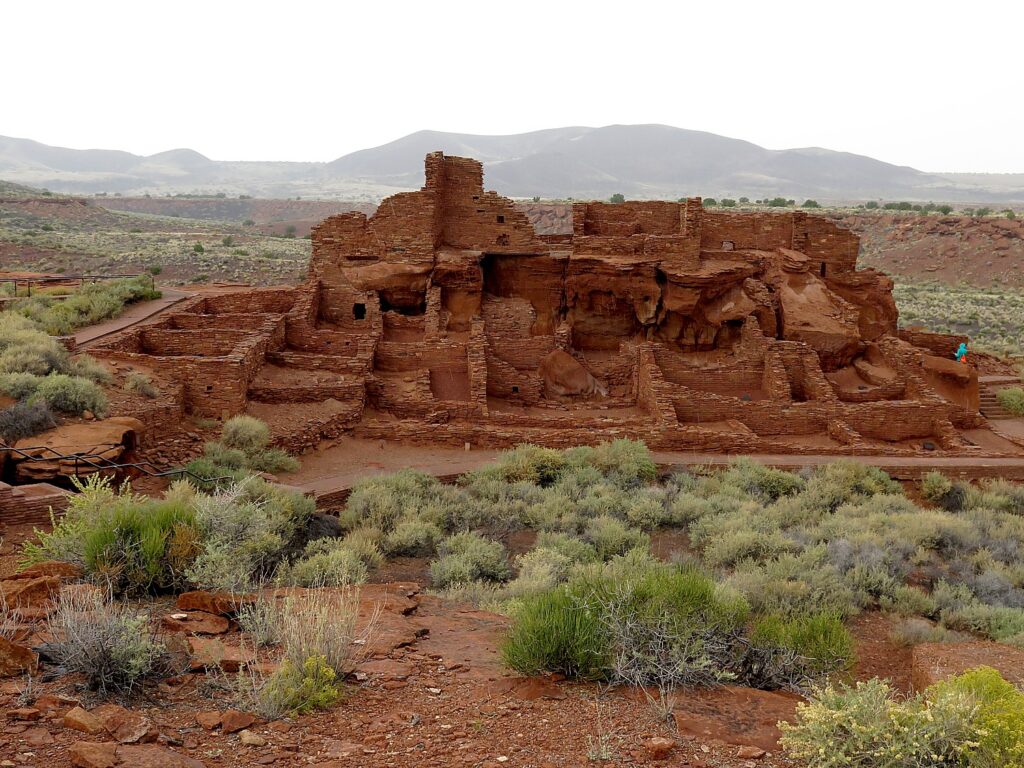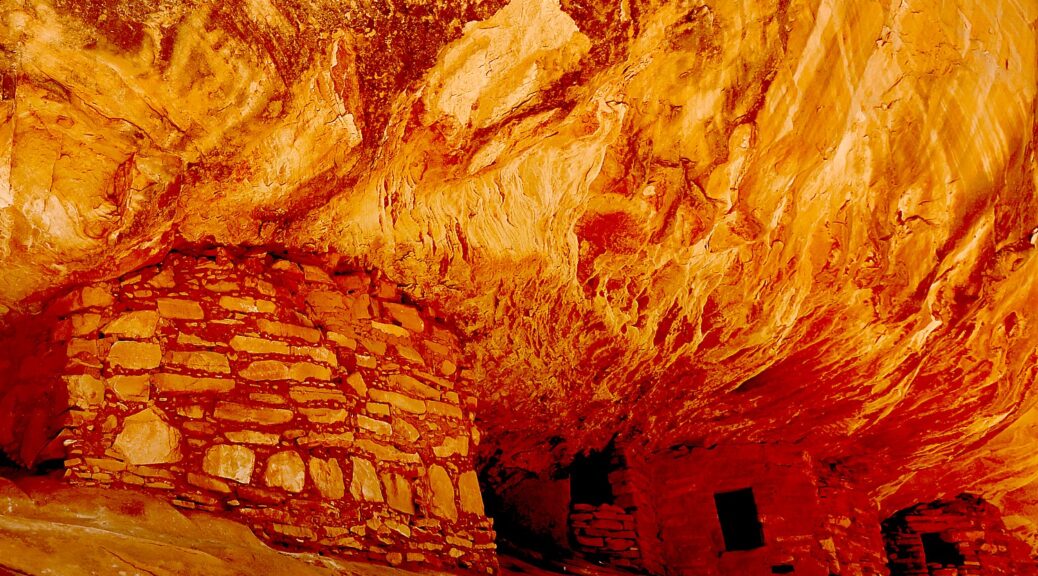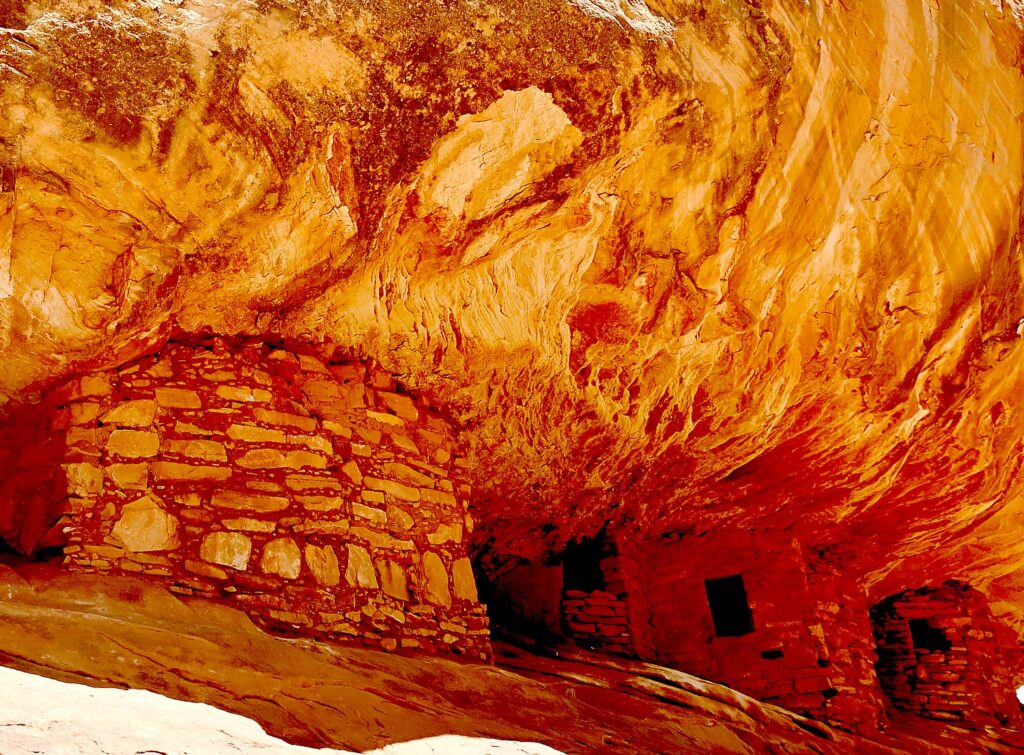On Earth Day, President Biden is traveling to Prince William Forest Park in Triangle, VA, a national park system site developed by FDR’s Civilian Conservation Corps, to announce $7 billion in awards through EPA’s Solar for All program and unveil major steps to advance the American Climate Corps. This Fact Sheet outlining President Biden’s historic climate actions was provided by the White House :
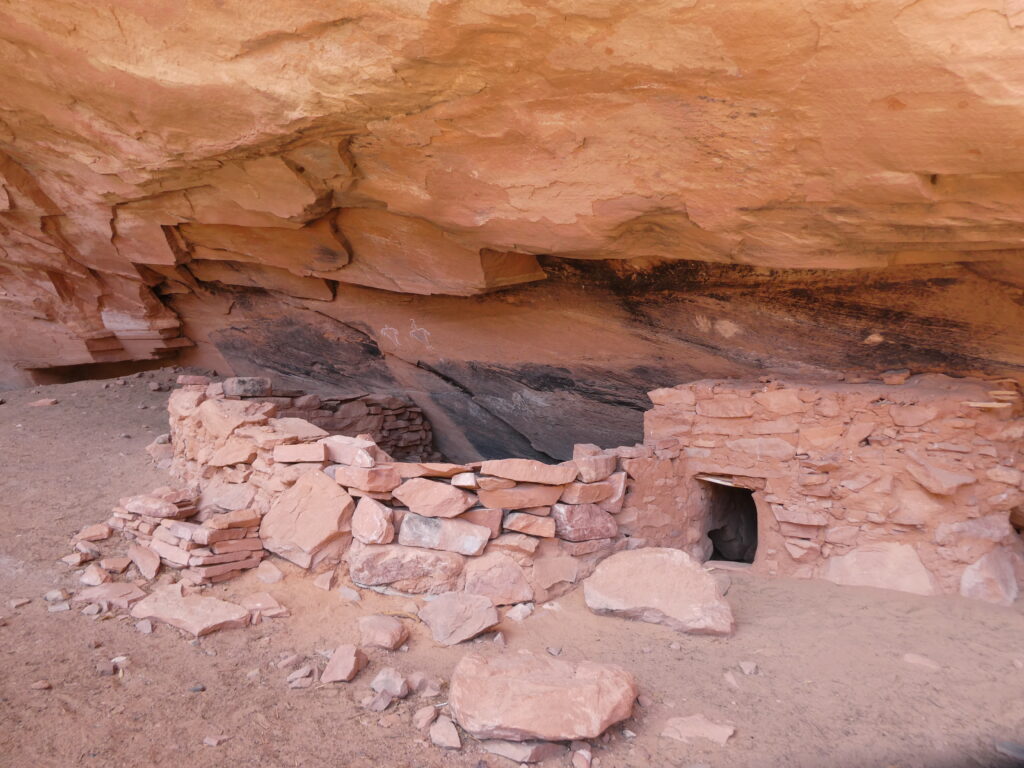
When President Biden took office, he pledged to restore America’s climate leadership at home and abroad. On his first day in office, the President signed the United States back into the Paris Agreement. And each day since, the Biden-Harris Administration has continued to lead and deliver on the most ambitious climate agenda in history, including securing the largest ever climate investment and unleashing a clean energy manufacturing boom that has attracted hundreds of billions in private sector investment and created over 270,000 new clean energy jobs. The President’s agenda is also advancing environmental justice and ensuring that the benefits of climate investments reach overburdened communities, mobilizing the next generation of clean energy workers through the American Climate Corps, and delivering historic investments in our nation’s climate resilience. At the same time, the Administration is protecting America’s natural wonders, conserving more than 41 million acres of lands and waters.
Building on his climate, clean energy, and environmental justice agenda, President Biden will travel today to Prince William Forest Park in Triangle, Virginia, to celebrate Earth Day 2024, and highlight his Administration’s unprecedented progress in tackling the climate crisis, cutting costs for everyday Americans, and creating good-paying jobs.
Expanding Access to Affordable Solar Energy
The President will announce $7 billion in grants through the Environmental Protection Agency’s Solar for All grant competition, a key component of the Inflation Reduction Act’s $27 billion Greenhouse Gas Reduction Fund. Selectees under the Solar for All program will serve every state and territory in the nation and deliver residential solar power to over 900,000 households in low-income and disadvantaged communities, saving overburdened households more than $350 million in electricity costs annually – approximately $400 per household – and avoiding more than 30 million metric tons of carbon pollution over the next 25 years.
The selectees will provide funds to states, territories, Tribes, municipalities, and nonprofits across the country to develop long-lasting solar programs that enable low-income and disadvantaged communities to deploy and benefit from distributed residential solar. In total, solar projects funded by this program will create nearly 200,000 jobs. The program also advances the President’s Justice40 Initiative, which set a goal that 40% of the overall benefits of certain federal climate, clean energy, affordable and sustainable housing, and other investments flow to disadvantaged communities that are marginalized by underinvestment and overburdened by pollution.
Mobilizing the Next Generation of Climate Leaders through the American Climate Corps
Joined by future members of President Biden’s American Climate Corps, including current AmeriCorps members, President Biden will also announce several new actions to stand up the American Climate Corps – a groundbreaking initiative modeled after FDR’s Civilian Conservation Corps that will put more than 20,000 young Americans to work fighting the impacts of climate change today while gaining the skills they need to join the growing clean energy and climate-resilience workforce of tomorrow. The President will announce these actions at Prince William Forest Park, a national park system site developed by FDR’s Civilian Conservation Corps and stewarded by the Department of the Interior’s National Park Service.
Nearly a century after FDR established the Civilian Conservation Corps, President Biden will announce today that Americans can now apply to join the American Climate Corps through a newly launched website, ClimateCorps.gov. The website will feature nearly 2,000 positions located across 36 states, DC, and Puerto Rico. These positions are hosted by hundreds of organizations advancing clean energy, conservation, and climate resilience. The website, which is launching in its beta form, will be regularly updated with new American Climate Corps positions. Its goal is to make it easy for any American to find work tackling the climate crisis while gaining the skills necessary for the clean energy and climate resilience workforce of the future. The first class of the American Climate Corps will be deployed to communities across the country in June 2024.
The Biden-Harris Administration is also announcing a new partnership with the North America’s Building Trades Unions’ nonprofit partner TradesFutures. Beginning this summer, every American Climate Corps member will have access to TradesFutures’ industry leading apprenticeship readiness curriculum during their term of service in the American Climate Corps, providing members with the opportunity to be trained in the foundational skills necessary for careers in the clean energy and climate resilience economy and putting them on a pathway to good paying, union jobs.
Many American Climate Corps members will also have access to a streamlined pathway into federal service after a recent update to modernize the U.S. Office of Personnel Management’s Pathways Programs. The update will expand applicant eligibility for the Recent Graduates program to include individuals who have completed qualifying career or technical education service within designated American Climate Corps programs.
Today, three states – Vermont, New Mexico, and Illinois – are launching new state-based climate corps programs, building on 10 states that have already launched successful climate corps programs, demonstrating the power of skills-based training as a tool to expand pathways into good-paying jobs. These states will work with the American Climate Corps as implementing partners to ensure young people across the country are serving their communities, while participating in paid opportunities and working on projects to tackle climate change.
Additionally, beginning as a collaboration between the Department of the Interior, the Energy Communities Interagency Working Group, and AmeriCorps VISTA, a new interagency public private partnership – Energy Communities AmeriCorps – will place American Climate Corps members in priority energy communities across the country. The program will help support community-led projects, including environmental remediation, in the places that have powered our nation for generations.
Conserving America’s Lands, Waters, and Wildlife
These announcements come on the heels of a series of major conservation actions by the Biden-Harris Administration. Just last week, the Department of the Interior published a final rule to maximize protections of significant surface resources such as irreplaceable wildlife habitat for caribou and migratory birds on more than 13 million acres in the western Arctic while supporting subsistence uses and needs of Alaska Native communities. This action brings the number of acres of America’s lands and waters conserved under President Biden to 41 million. Additionally, the Interior Department released a final environmental analysis last week recommending denial of a right of way for the Ambler Road project; the proposed road, which would cross more than 200 miles of pristine lands, would have significant impacts on caribou and other subsistence resources upon which more than 60 Alaska Native communities rely.
In addition to these landmark conservation announcements in Alaska, the Interior Department released a rule to help guide the balanced management of all 245 million acres of America’s public lands that are overseen by the Bureau of Land Management. The rule will help to ensure the BLM continues to protect land health while managing other uses of public lands, such as clean energy development and outdoor recreation.
Throughout Earth Week, the Biden-Harris Administration will announce additional actions to build a stronger, healthier future for all: Tuesday will focus on helping ensure clean water for all communities; Wednesday will focus on accelerating America’s clean transportation future; Thursday will focus on steps to cut pollution from the power sector while strengthening America’s electricity grid; and Friday will focus on providing cleaner air and healthier schools for all children.
Biden-Harris Administration’s Top Climate Accomplishments
Deploying Clean, Affordable Electricity and Strengthening America’s Power Grid –
President Biden has secured unprecedented investments in a clean power sector, unleashing a boom in American solar, wind, battery storage, and other clean energy technologies that are creating good-paying jobs and saving families money on utility bills. Through the Inflation Reduction Act and Bipartisan Infrastructure Law, U.S. solar generation is projected to increase up to eight-fold and wind generation is projected to triple by 2030. President Biden has jumpstarted the U.S. offshore wind industry, with 10 gigawatts of commercial-scale projects now approved, enough to power nearly four million homes, including two projects that are already delivering power to the grid and others with construction underway. The President’s Investing in America agenda is also supporting transmission buildout and other power grid upgrades, deployment of distributed energy resources in disadvantaged communities, investments in clean electricity across rural America, and American manufacturing of clean energy technologies – all in pursuit of the President’s goal of 100% clean electricity by 2035. Through the President’s Federal Sustainability Plan, the U.S. Government is leading by example and has already signed agreements to provide federal facilities in 18 states with 100% carbon pollution-free electricity by 2030.
And thanks to the Inflation Reduction Act, clean energy project developers get access to expanded tax incentives if they pay workers prevailing wages and employ registered apprentices, helping make more clean energy jobs good-paying and union jobs.
Bolstering Climate Resilience and Adaptation – President Biden’s Investing in America agenda is building communities that are not only resilient to the impacts of the climate crisis, but also safer, more equitable, and economically stronger. To support this vision, the President secured more than $50 billion for climate resilience and adaptation through the Bipartisan Infrastructure Law and Inflation Reduction Act and released the first ever National Climate Resilience Framework. The President’s investments are upgrading aging roads and bridges, including critical evacuation routes, providing tax credits for families to weatherize their homes, restoring critical waterways, forests, and urban greenspaces, supporting resilient and climate-smart agriculture, bolstering water infrastructure and drought resilience across the American West, protecting federal assets from future flood risk, modernizing our electric grid, and funding research to develop the latest energy-storage technologies here in America.
Accelerating a Clean Transportation Future – President Biden is taking a whole-of-government approach to position the U.S. as a global leader in innovative and sustainable transportation. The Administration’s National Blueprint for Transportation Decarbonization is a landmark strategy for cutting all greenhouse gas emissions from the U.S. transportation sector by 2050. The President’s Bipartisan Infrastructure Law and Inflation Reduction Act invest tens of billions to decarbonize shipping, trucking, transit, rail, and aviation, all while making communities more walkable, bikeable, and connected. And through the President’s Federal Sustainability Plan, the federal government has ordered over 58,000 zero-emission vehicles and has begun installing more than 25,000 charging ports, adding to the 8,000 already in use across the government.
In addition, the President rallied automakers and autoworkers around a historic goal of having electric vehicles (EVs) account for at least 50% of new passenger vehicles sold by 2030. To support this goal while driving down consumer costs, the Administration secured tax credits that reduce the cost of new or used clean vehicles by thousands of dollars directly at the dealership and is investing $7.5 billion into building out a national EV charging network. Since President Biden took office, EV sales have quadrupled, prices have come down by more than 20%, the number of charging stations has grown by over 80% – putting us on track to deploy 500,000 chargers by 2026 – and the U.S. auto industry has added more than 100,000 jobs. Driven by Biden-Harris Administration policies, the sector is experiencing a manufacturing renaissance with more than $160 billion of investments in EVs, batteries, and their supply chains. And just last month, the Environmental Protection Agency finalized the strongest-ever vehicle emission standards for light, medium, and heavy-duty vehicles.
Cutting Energy Costs and Pollution at Homes, Schools, and in Communities – Reducing building emissions through efficiency improvements and electrification lowers energy bills for families, improves resiliency, and creates good-paying jobs. The President has created new programs to save American families on their energy bills through the Department of Energy’s Home Energy Rebates, the Department of Housing and Urban Development’s Green and Resilient Retrofit Program, and Treasury’s Home Energy Tax Credits. The Biden-Harris Administration is also strengthening energy efficiency standards to save households and businesses money, with standards updated by DOE for dozens of appliances expected to provide nearly $1 trillion in consumer savings over 30 years, while also reducing greenhouse gas emissions by 2.5 billion metric tons – equivalent to the emissions of 18 million gas-powered cars over 30 years. By invoking emergency authority, the President is expanding domestic heat pump manufacturing, which will cut the costs of heat pumps. To ensure that the 10 million new homes that will be built by 2030 are efficient and resilient, President Biden’s National Initiative to Advance Building Codes is accelerating adoption of modern building codes that protect people from extreme-weather events and help contribute to avoiding an estimated $1.6 billion a year in damages.
Revitalizing American Manufacturing for the Clean Economy – President Biden’s Investing in America agenda has helped catalyze historic manufacturing growth, with factories opening across the nation. To date, the private sector has announced nearly $700 billion in investments in manufacturing and clean energy. The President’s agenda is helping to make U.S. manufacturing the cleanest and most competitive in the world. The Inflation Reduction Act is investing more than $6 billion to slash climate pollution and support worker and community health at U.S. factories producing the steel, aluminum, cement, and other materials that form the backbone of our economy. To further support U.S. industrial competitiveness, the Biden Administration’s landmark Buy Clean initiative is leveraging the government’s sway as the largest purchaser on Earth to spur demand for low-emissions manufacturing and construction products.
Repowering EnergyCommunities – The Biden-Harris Administration is deploying programs to build capacity and spur economic development in the communities that powered our nation for generations, such as the clean manufacturing investments in the Qualifying Advanced Energy Project Credit (48C) Program and DOE’s Advanced Energy Manufacturing and Recycling Grants Program, in addition to ARC’s Partnerships for Opportunity and Workforce and Economic Revitalization (POWER) Initiative and EDA’s Assistance to Energy Transition Communities. In addition, new bonus tax credits in President Biden’s Inflation Reduction Act are incentivizing clean energy companies to expand access to good-paying jobs in energy communities across the nation.
Advancing Environmental Justice – Since Day One, the Biden-Harris Administration has prioritized a whole-of-government approach to environmental justice. The President signed a historic Executive Order that calls on the federal government to bring clean energy and healthy environments to all and mitigate harm to those who have suffered from pollution and environmental burdens like climate change. Through the Justice40 Initiative, over 500 programs across 19 federal agencies are being reimagined and transformed to maximize the benefits of President Biden’s unprecedented investments – from clean energy projects to floodwater protections to wastewater infrastructure – to communities that need them most. At the same time, the Administration is taking unprecedented action to protect communities from PFAS pollution, accelerate Superfund and brownfield cleanups, tighten standards for hazardous air pollutants, and enhance air quality enforcement.
Delivering Clean Water and Replacing Lead Pipes – President Biden and Vice President Harris are fighting to ensure a future where every American has access to clean, safe water. The President’s Bipartisan Infrastructure Law invests over $50 billion in upgrading the nation’s water infrastructure – the largest investment in clean water in American history. This funding is going towards expanding access to clean drinking water, replacing lead pipes, improving wastewater and sanitation infrastructure, and removing PFAS pollution in water. President Biden has also made a historic commitment to replace every toxic lead pipe in the country within a decade, protecting families from lead poisoning that can irreversibly harm brain development in children. Last year, the Environmental Protection Agency issued proposed improvements to the Lead and Copper Rule that would require water systems to rapidly replace lead service lines.
Conserving our Lands and Waters –The Biden-Harris Administration has taken historic action to conserve and restore America’s lands and waters, including signing an Executive Order to set the first-ever national conservation goal to conserve at least 30% of U.S. lands and waters by 2030 through the America the Beautiful Initiative. Last week the Administration launched Conservation.gov and the American Conservation and Stewardship Atlas, a new website and data portal that will help connect people with information, tools, resources, and opportunities to support land and water conservation projects in communities across the country. The Administration has already protected more than 41 million acres of lands and waters, and President Biden is on track to conserve more lands and waters than any President in history. This includes establishing five new national monuments and restoring protections for three more; creating four new national wildlife refuges and expanding five more; protecting the Boundary Waters of Minnesota, the nation’s most visited wilderness area; safeguarding Bristol Bay in southwest Alaska; and withdrawing Chaco Canyon in New Mexico and Thompson Divide in Colorado from further oil and gas leasing to protect thousands of sacred sites and pristine lands.
To conserve and steward old growth forests, USDA announced a proposal to amend 128 forest land management plans to conserve and steward old-growth forest conditions on national forests and grasslands nationwide. This builds upon the Biden-Harris Administration’s protection of Tongass National Forest, the largest intact temperate rainforest in the world. The Administration is also taking continued action to protect and conserve our nation’s rivers and watersheds for the people and communities that depend on them, protecting the stability and sustainability of the Colorado River Basin in the face of an ongoing megadrought, and beyond. This includes taking historic action to restore healthy and abundant wild salmon and steelhead in the Columbia River Basin, part of the Biden-Harris Administration’s unprecedented commitment to honor the United States’ obligations to Tribal Nations.
Investing in Climate-Smart Agriculture and Forestry – President Biden’s Investing in America agenda is supporting America’s farmers, ranchers, and forest landowners, who play a critical role in addressing the climate crisis through the deployment of climate-smart practices and systems. Under the Biden-Harris Administration, USDA has supported 80,000 farms in implementing climate-smart practices on over 75 million acres. In Fiscal Year 2023, USDA made record investments in private lands conservation, totaling nearly $3 billion in financial assistance to producers. Leveraging both climate impact and economic opportunities, the Administration is creating new market opportunities through the groundbreaking Partnerships for Climate-Smart Commodities and efforts that are part of the Sustainable Aviation Fuel (SAF) Grand Challenge.
Rallying Leaders of the World’s Largest Economies to Raise Global Climate Ambition –President Biden has restored America’s climate leadership at home and abroad. Under his leadership, the Administration is securing commitments from more than 155 countries to reduce methane emissions by at least 30 percent by 2030; successfully galvanizing other countries at COP28 to commit, for the first time, to transition away from unabated fossil fuels, stop building new unabated coal capacity globally, and triple renewable energy globally by 2030 and nuclear energy by 2050; launching a new Clean Energy Supply Chain Collaborative to work with international partners to diversify supply chains that are critical to a clean and secure energy transition; mobilizing other governments to follow the U.S. lead and commit to achieve net-zero government emissions by 2050 through a new Net-Zero Government Initiative; and becoming a world leader in innovative debt-for-nature swaps that have helped countries restructure over $2 billion in debt and unlock hundreds of millions of new financing for nature and climate.

